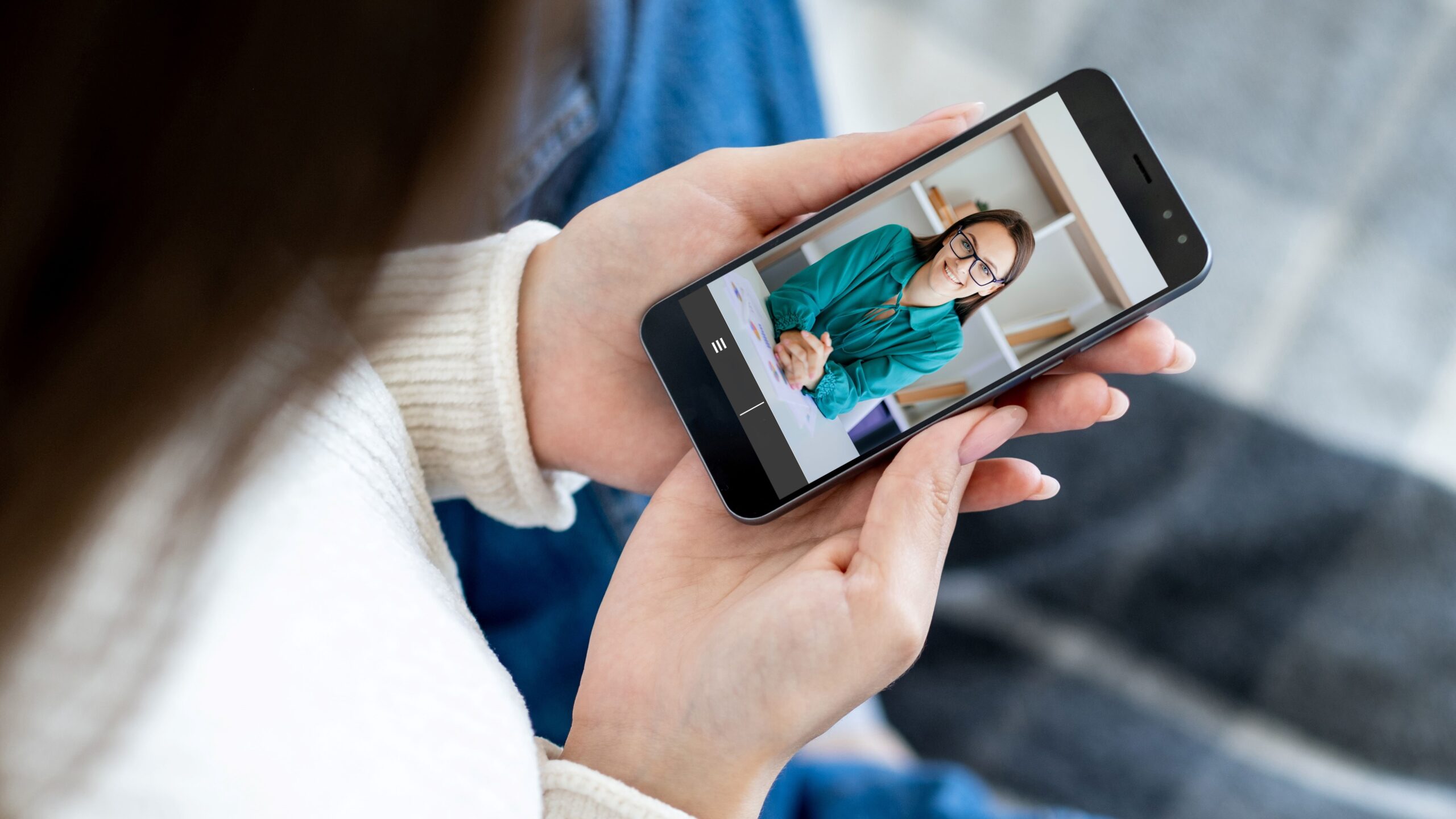Taking a professional headshot used to mean booking a pricey photographer, finding the perfect studio, and dressing up like you were attending a job interview. But not anymore! Today, your smartphone is more than capable of snapping high-quality headshots — if you know what you’re doing. Let’s dive into the top 10 pro tips for taking headshots that look like they were shot in a studio… even if you’re just standing in your living room.
Why Use a Smartphone for Headshots?
Let’s be honest: the best camera is usually the one you have right in your pocket. Smartphones today have transformed the way we capture photos. Gone are the days when professional headshots required bulky cameras, fancy lighting setups, and expensive studio rentals. Modern phones are packed with technology that makes snapping a high-quality headshot easier than ever before. They combine convenience with power, allowing you to take control of your own image without any hassle.
Smartphones come equipped with AI-powered cameras that can automatically adjust settings like exposure, focus, and color balance to produce stunning images. The lenses are sharper and more advanced than ever, enabling crisp, detailed photos that used to be possible only with professional DSLR cameras. Not only that, but smartphones also offer a variety of shooting modes, like portrait mode, which helps create that coveted background blur effect to make your face really pop. All of these features make the smartphone a surprisingly capable tool for professional-looking headshots.
Another huge advantage is the built-in editing software and access to countless apps designed to polish your photos right on your device. You can brighten shadows, smooth out minor blemishes, and tweak colors with just a few taps, eliminating the need to learn complicated software. This means you don’t have to be a tech expert or hire a professional editor to get your photos looking their best. The smartphone simplifies the entire process from shooting to editing, right at your fingertips.
Whether you’re a freelancer updating your LinkedIn profile, an entrepreneur refreshing your website, or an actor needing a casting-ready portrait, using your smartphone saves you both time and money. There’s no need to spend hundreds or even thousands on professional photography sessions when your phone can deliver clean, compelling headshots. With a bit of know-how and attention to detail, your smartphone can be the only camera you’ll ever need for your professional image.
Choose the Right Time of Day for Lighting
| Time of Day | Light Quality | Effect on Photo | Positioning Tip | Additional Advice |
| Early Morning | Soft, warm, golden | Flattering glow, smooth tones | Face window light or face sun | Use sheer curtains to diffuse if needed |
| Midday | Harsh, direct, bright | Strong shadows, highlights flaws | Avoid direct sunlight on face | Find shaded areas or shoot indoors |
| Late Afternoon | Warm, soft, golden | Natural, warm skin tones | Face light from window or outdoors | Best natural light of the day |
| Indoors Near Window | Soft, indirect light | Even, natural illumination | Face window, avoid backlight | Use reflectors or ring light to brighten |
| Overcast Day | Diffused, cool light | Soft shadows, neutral tone | Face light evenly | Great natural diffuser without harsh sun |
Find a Clean, Non-Distracting Background
When it comes to professional headshots, the background plays a huge role in keeping the focus on you. A cluttered or busy background distracts the viewer and takes away from the impact of your photo. To make sure your headshot looks polished and professional, it’s essential to choose a clean, simple backdrop that complements rather than competes with you.
- Solid-colored walls in neutral tones like gray, beige, or off-white provide a clean, timeless look.
- Softly blurred natural backgrounds, such as trees, bushes, or greenery, add a subtle, organic feel without overpowering the subject.
- Simple textured walls like brick or stone can add character and depth but should not be too busy or colorful.
- Plain fabric backdrops, like a smooth curtain or bedsheet in a neutral color, work well if you don’t have a suitable wall.
- Minimalist architectural elements, like clean lines from windows or doorframes, can provide structure while staying understated.
- Outdoor open spaces with a distant background, shot with portrait mode to blur details, keep the attention on you.
- Solid wooden panels or muted wallpaper can offer warmth without distraction if kept simple.
- Messy areas such as kitchens, cluttered rooms, or untidy workspaces create an unprofessional impression.
- Walls or spaces with posters, bright artwork, or busy patterns that compete with your appearance.
- Objects protruding awkwardly from behind your head, like light switches, lampshades, or furniture edges, which can be distracting or look unintentional.
- Reflective surfaces that cause glare or weird reflections.
- Backgrounds with strong contrasting colors that clash with your clothing or skin tone.
- Crowded public spaces where other people or vehicles might appear unexpectedly in the frame.
- Distracting shadows or harsh lighting patterns falling on the background, breaking its neutrality.
Use the Rear Camera (Not the Selfie One)
When it comes to taking professional headshots with your smartphone, one of the most important choices you’ll make is which camera to use. Although it’s tempting to simply flip to the front-facing selfie camera because it’s easier to see yourself on the screen, the rear camera is actually the better option for quality. The rear camera on most smartphones is significantly sharper, more powerful, and built with higher-end sensors and lenses. This means it captures more detail, sharper images, and produces photos that look much more professional.
The selfie camera tends to have a lower resolution and more limited capability for depth and detail capture. It’s designed primarily for casual use, such as quick selfies or video calls, where convenience is prioritized over image quality. In contrast, the rear camera often features advanced hardware and software enhancements, including better autofocus, optical image stabilization, and larger sensors that result in clearer, richer photos. This difference is especially noticeable in portrait shots where clarity and depth matter.
In addition to better resolution, the rear camera usually offers more natural and realistic portrait depth effects. When using portrait mode, the rear camera can create a smoother background blur (bokeh) that helps your face stand out, making your headshot look closer to those taken by professional photographers. Selfie cameras often struggle with this, producing less convincing effects and sometimes making the photo appear flat or artificial.
Taking photos with the rear camera does require a bit more setup, especially if you’re doing it by yourself. You’ll need a tripod or some kind of stable support for your phone, like a phone mount or even a stack of books to hold it steady. Using a timer or a Bluetooth remote shutter can also help you snap the perfect shot without awkwardly reaching for the phone, allowing you to maintain a natural pose and expression. By choosing the rear camera and setting up correctly, you’ll maximize your smartphone’s potential to create a sharp, professional headshot.
Use Portrait Mode or Manual Focus
| Feature | Portrait Mode | Manual Focus / Pro Mode | Ideal Use Case | Benefit |
| Background Blur | Yes, automatic bokeh effect | Possible with manual settings | Blurring distracting backgrounds | Creates professional depth |
| Focus Control | Auto-focus on face | Precise manual focus adjustment | Ensuring eyes and face are sharp | Maximizes sharpness where needed |
| Exposure Settings | Automatic | Manual ISO, shutter speed control | Adjusting brightness and motion blur | Better in tricky lighting |
| White Balance | Auto adjustment | Manual control | Matching color tones to environment | More accurate color reproduction |
| Ease of Use | Very easy, one-click activation | Requires skill and knowledge | For beginners and pros | Quick vs customizable |
Pay Attention to Framing and Composition
Framing and composition are essential elements that can make your headshot stand out or look amateurish. When taking a headshot, your photo should focus on your face and shoulders — avoid including your entire body, as this distracts from the purpose of a professional portrait. Proper framing ensures that you appear confident, approachable, and polished in your photo.
- Position your face in the center of the frame to create balance and draw attention directly to you.
- Leave a small amount of space above your head to avoid the feeling of being cramped or cut off.
- Keep your eyes positioned roughly in the top third of the frame; this aligns with the “rule of thirds” and naturally guides the viewer’s gaze.
- Use the gridlines feature on your smartphone camera to help line up your face and shoulders properly according to the rule of thirds.
- Make sure your shoulders are visible but not too low in the frame—show enough to provide context without detracting from your face.
- Avoid too much empty space around you that can make the photo feel unbalanced or distant.
- Check that your head is not cropped awkwardly; the edges of the frame should neither cut off your forehead nor chop off part of your chin.
- Maintain a slight distance between you and the camera to prevent distortion — too close can exaggerate facial features.
- If you’re angling your body slightly, make sure your head is still facing forward or towards the camera lens to keep eye contact strong.
- Keep the background out of focus (using portrait mode) so your framed head and shoulders stand out crisply.
- Avoid placing objects behind your head in the frame that might interfere or look like they are “growing” out of your head.
- Use vertical (portrait) orientation for headshots unless you need a horizontal shot for a specific platform.
- Make sure the lighting highlights your face evenly within the chosen frame to avoid unflattering shadows.
- Experiment with slightly different head tilts and angles, but keep the framing consistent to find your most flattering pose.
- Review each shot to ensure your composition looks intentional and professional before finalizing.
Dress Like You Mean Business
When it comes to professional headshots, what you wear speaks volumes before you even say a word. You don’t need to don a full suit or formal attire unless that’s the norm in your industry, but it’s crucial to appear clean, tidy, and appropriately dressed for the role or field you represent. Your clothing should complement your image, helping you look polished and confident. The goal is to ensure your outfit enhances your overall look without distracting from your face, which should remain the focal point of the photo.
Different industries call for different styles, so tailoring your outfit to your professional context is key. For corporate roles, a blazer, blouse, or dress shirt instantly signals professionalism and seriousness. These classic pieces project trustworthiness and competence, which is why they’re a popular choice for business headshots. For those in creative fields, smart-casual attire that is stylish yet understated works well, striking a balance between professionalism and artistic flair. Freelancers benefit from wearing clean, simple tops without loud logos or graphics that might divert attention from their face.
Actors and performers often opt for neutral, form-fitting clothing that doesn’t detract from their features or expressions. Wearing something plain allows casting directors or agents to focus on the person rather than the clothes, which is essential for auditions and portfolios. Across all professions, it’s important to avoid loud patterns, flashy colors, or clothing with logos and slogans. These elements tend to pull the viewer’s eye away from your face and can make your headshot appear less professional.
Finally, overly casual clothing like t-shirts, hoodies, or anything wrinkled or ill-fitting should be avoided. While comfort is important, a professional headshot demands a neat appearance that communicates seriousness about your career. Taking a little extra time to dress thoughtfully for your photo shoot can elevate your headshot from average to outstanding, helping you make a memorable first impression that opens doors and creates opportunities.



